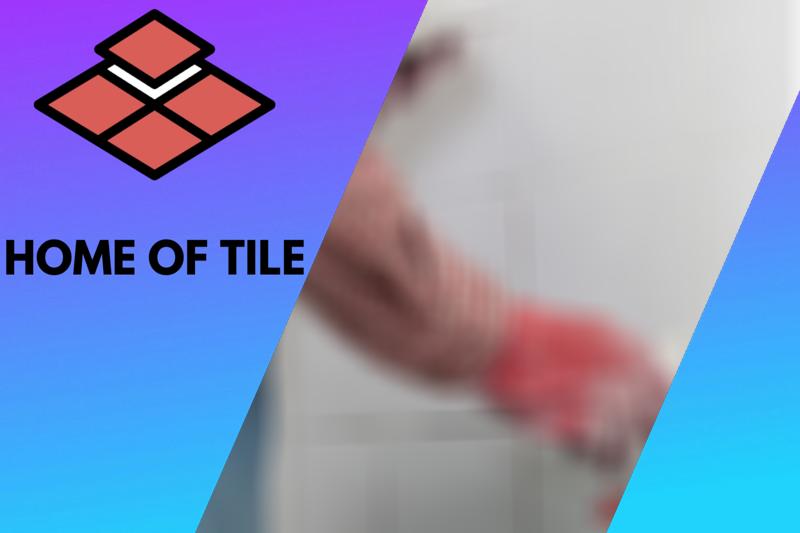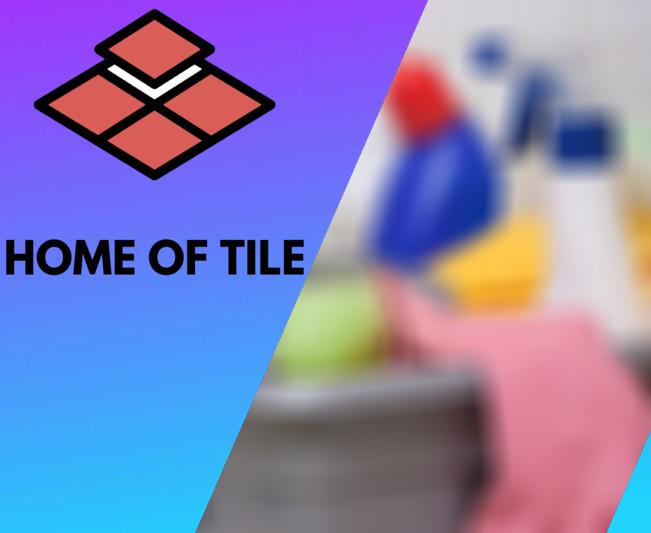When To Use Unsanded Grout? What professionals say
Grout comes in two forms — reinforced with sand intended to be used outside or reinforced with cement designed to be used inside. But what about when you need grout that doesn’t have the added benefit of being fortified with sand or cement? When should you use unsanded grout, or grout that doesn’t contain sand?
You should use unsanded grout when working on smaller joints or areas where a smooth finish is desirable. While it’s more expensive than sanded grout, it’s easier to work with and can produce a more refined and polished finished product. Avoid using it for wider joints and high-durability areas.

This article will cover everything about unsanded grout, its application, and its uses. If you’re unsure whether to use sanded or unsanded grout, keep reading to learn more about both.
Contents
Understanding Where You Should Use Unsanded Grout
Due to its properties, unsanded grout should be chosen for use in specific scenarios.
For example, unsanded grout can be used in any situation where you want an incredibly durable grout that will not shrivel, crack, or pull away from the tile as time goes on. This includes areas like exterior showers and fountains and outdoor seating areas.
Since it is thinner, smoother, and less abrasive, unsanded grout is usually used for smaller joints or areas where a smooth finish is desired. Even though it is more expensive than sanded grout, it’s easier to work with and can produce a more refined and polished finished product.
Places Where You Cannot Use Unsanded Grout
Although there are many places where you can and should use unsanded grout, at times, other types of grouts are better suited due to their properties. Let’s take a look at some of the cases to better understand how and where unsanded and sanded grout applications are practical.
● When There Is a Need for Stability and Durability
Although unsanded grout is durable and can be used for shower tiles, fountain tiles, and more, it is liable to crack under pressure. The grains of sand in sanded grout increase stability by being firmly held in place. There is less shrinkage and a lesser possibility of the grout cracking.
● When You Do Not Want To Use a Grout Sealer
After applying sanded and unsanded grout, you must use a good quality grout sealer to create a moisture- and waterproof layer to prevent seepage from occurring and ruining the work you just did. However, if you want to avoid the cost of a grout sealer, using a good quality epoxy grout will work fine since it does not require sealing and is naturally waterproof!
● When There Are Wider Joints in Between Tiles
As sanded grout shrinks less than unsanded grout, it is a better alternative to use when the joints between tiles are up to ½ inch (1.3 cm) thick. Such a wide joint requires extra durability, which unsanded grout cannot achieve. Additionally, you shouldn’t use unsanded grout anywhere that people frequent. It won’t hold up under an excessive amount of walking.
Unsanded vs. Sanded Grout: What’s the Difference?
Although there are many differences, the main differences between sanded and unsanded grout are the consistency and texture.
● Thickness
Sanded grout is much thicker and rougher than unsanded, which is why unsanded grout is typically used for narrow or delicate joints because it flows more easily into these spaces. It is also ideal for backsplashes and other areas where a smooth finish is desired.
However, unsanded grout can be more challenging to work with, as it is more susceptible to drying out quickly.
● Smoothness
Unsanded grout is made without sand, which sometimes makes grout look pebbly or textured. Unsanded grout, on the other hand, is smooth. This can be beneficial if you’re working with delicate tiles that the sand might damage in sanded grout.
The best option for smooth, polished tiles like marble is often unsanded grout. The only drawback is that unsanded grout might crack under pressure.
● Difference in Hold
Unsanded grout has a stickier texture that provides more hold, while sanded grout has more friction within the grout due to the sand particles.
Due to its sticky texture, you can apply it easily in upright places like showers or kitchen walls. It also creates a waterproof seal that prevents moisture from escaping these surfaces!
● Coverage
Typically, one ounce of unsanded grout will cover about 20-30 square feet (1-3 square meters), and one ounce of sanded grout will cover approximately 10-15 square feet (1-1.4 square meters). Make sure you account for these differences when making your calculations!
Regrouting vs. Replacing the Entire Floor
You might have to change or repair your grout for a number of reasons. If you have loose tiles, cracks in your grout, or if the grout is otherwise damaged, you’ll need to repair it.
But how do you know if you should simply regrout the area or replace the entire floor? It ultimately comes down to your objectives for the room, so the decision is yours to make.
For example, if you’re looking for an inexpensive way to refresh a room without undertaking major construction projects, then regrouting may be sufficient.
On the other hand, if the tiles themselves aren’t coming up or can’t be removed without damaging them, you’ll want to consider replacing them with new ones. In this case, hiring a professional contractor with experience laying tile floors is best.
Final Thoughts
There are a few instances when unsanded grout is the best option. Keep in mind that it’s also more difficult to work with and can be more prone to cracking, so it’s essential to read the instructions carefully before getting started.
The decision between sanded or unsanded grout should always depend on the project you’re working on, but typically, sanded grout is easier to use for most DIY projects around the house.
If you’re unsure about which grout to use, consult your contractor or local hardware store employees. They’ll have plenty of advice on what they think would work best.








